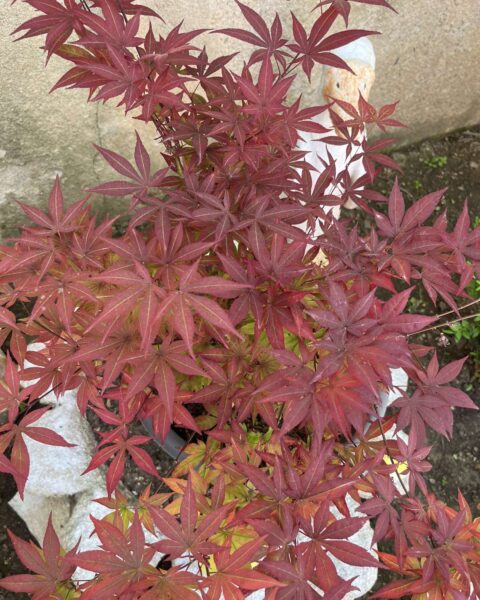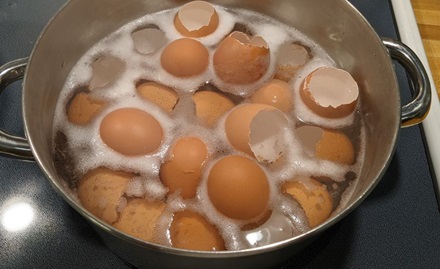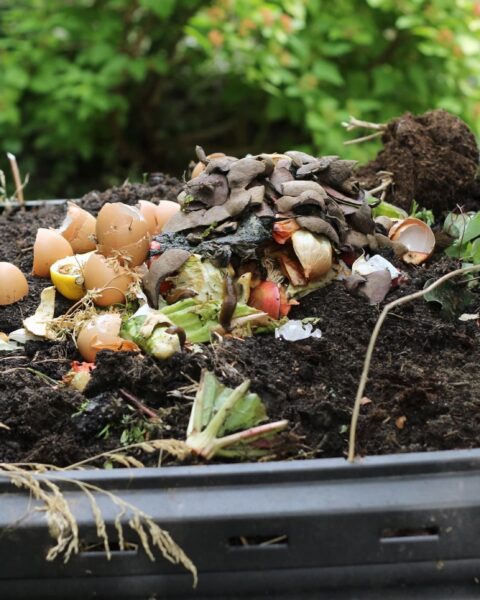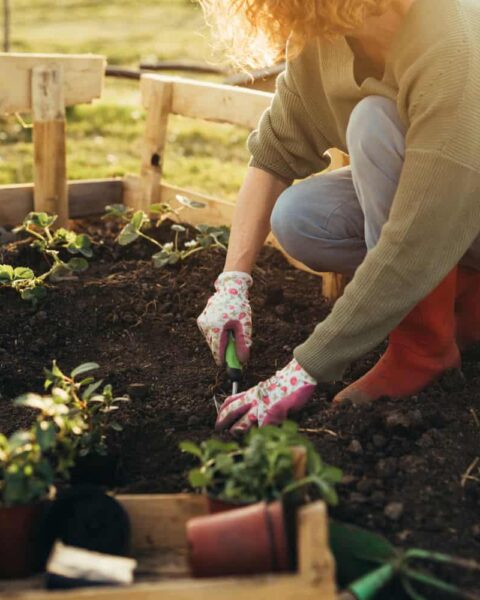In a world where sustainability and thriftiness are becoming increasingly important, finding creative ways to repurpose everyday items is not only eco-friendly but also financially savvy. One such overlooked resource is the humble orange peel. Often discarded after enjoying the juicy fruit within, orange peels can actually be transformed into a potent cleaning solution that rivals commercial products in effectiveness. In this guide, we’ll explore how you can turn orange peels into gold by creating your own homemade cleaning solutions.
Why Orange Peels?
Orange peels contain natural oils and compounds that possess powerful cleaning properties. Limonene, a substance found in orange peel oil, is a natural solvent that can effectively dissolve grease, grime, and even some stains. Additionally, orange peels impart a refreshing citrus scent, leaving your home smelling clean and fresh without the need for artificial fragrances.
Homemade Orange Peel Cleaning Solutions
1. Orange Peel All-Purpose Cleaner
Ingredients:
- Orange peels (from 2-3 oranges)
- White vinegar
- Water
Instructions:
- Collect the peels from 2-3 oranges and place them in a glass jar.
- Pour white vinegar over the orange peels until they are completely submerged.
- Seal the jar tightly and let it sit for at least a week in a cool, dark place. This allows the vinegar to absorb the oils and cleaning properties from the orange peels.
- After a week, strain out the orange peels and dilute the orange-infused vinegar with equal parts water.
- Transfer the mixture to a spray bottle for easy application.
- Use this solution to clean countertops, glass surfaces, floors, and more. It’s safe, effective, and leaves behind a pleasant citrus scent.
2. Orange Peel Degreaser
Ingredients:
- Orange peels
- Baking soda
- Water
Instructions:
- Dry out orange peels by leaving them in a sunny spot for a few days or using a dehydrator.
- Once dried, grind the orange peels into a fine powder using a blender or food processor.
- Mix the powdered orange peels with an equal amount of baking soda.
- Add enough water to create a paste-like consistency.
- Apply the paste to greasy surfaces such as stovetops, oven interiors, or range hoods.
- Let it sit for a few minutes, then scrub with a sponge or brush.
- Rinse thoroughly with water.
3. Orange Peel Air Freshener
Ingredients:
- Orange peels
- Cinnamon sticks (optional)
- Cloves (optional)
- Water
Instructions:
- Place orange peels in a small saucepan and cover them with water.
- Add optional ingredients such as cinnamon sticks or cloves for additional fragrance.
- Simmer the mixture over low heat for several hours, adding water as needed to prevent it from drying out.
- As the mixture simmers, it will release a delightful citrus aroma that freshens the air in your home.
- Let the mixture cool before transferring it to a spray bottle or leaving it in the saucepan as a natural air freshener.
Benefits of Homemade Cleaning Solutions
- Cost-Effective: Making your own cleaning solutions using orange peels is significantly cheaper than purchasing commercial cleaners.
- Environmentally Friendly: By using natural ingredients, you reduce your reliance on harsh chemicals that can harm the environment.
- Customizable Scents: You can personalize the scent of your homemade cleaners by adjusting the amount of orange peel or adding other natural ingredients like lavender or mint.
- Multi-Purpose: Orange peel-based cleaners can tackle a variety of cleaning tasks, from degreasing kitchen surfaces to freshening the air.
In conclusion, don’t let those orange peels go to waste! With a bit of creativity and resourcefulness, you can harness their cleaning power to keep your home sparkling clean and smelling fresh, all while saving money and reducing your environmental footprint. Transforming orange peels into gold has never been easier or more rewarding.





